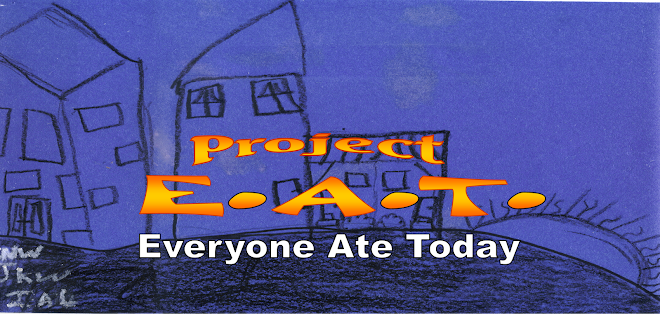- Too many Hoosier kids struggling for a lifeline
June 13, 2008
Indy StarChildhood poverty in Indiana increased at five times the national average between 2000 and 2006, … elevating the rate to the overall national level—18 percent—for the first time ever.
HOOSIER, Indiana — Sometimes, catastrophe strikes with sudden, spectacular force, seizing everyone’s attention and igniting action at every level of society.
Sometimes, it creeps into the community’s fabric inch by inch and day by day, acutely felt by those it directly affects but overlooked by the rest of us until the hour grows late — perhaps too late.
On Wednesday, as eight Indiana counties were declared federal disaster areas and Hoosiers continued to fight back against the weather siege of the past two weeks, the Annie E. Casey Foundation’s authoritative annual Kids Count report hit the news.
The document makes for a grim damage assessment and an ominous social and economic forecast.
Childhood poverty in Indiana increased at five times the national average between 2000 and 2006, according to the report, elevating the rate to the overall national level — 18 percent — for the first time ever.
When one in five children in a state can be classified as poor, a cycle of cause and effect is in motion that seems harder to stop than torrential rain.
Low education, inadequate health care and teenage pregnancy, prime obstacles to getting ahead in life, worsen. Government assistance, which requires tax dollars, suffers from a weakened economic base that is impacted, in turn, by an underqualified work force. Businesses, legitimately hurting and at the same time taking advantage of a desperate immigrant labor pool, push down wages. Churches and charities find themselves spread thinner and thinner.
It is everyone’s problem and everyone’s obligation, in short, much in the way that a natural disaster puts the onus on officialdom, private philanthropy, neighbors and each individual to weigh the damage, critique the preparedness and the response, forget finger-pointing and get to work.
Less obviously than in the case of the flooding mobilization, lots of hard work has been done to alleviate the perfect storm of poverty meeting poverty. The state is providing health insurance to more low-income people and dispensing more food stamps, though it has cut the family assistance rolls and is being sued by needy people over Medicaid changes. In Indianapolis in particular, the corporate and philanthropic sectors have ratcheted up their partnerships with the public schools. The schools themselves — private, traditional public and charter — have taken bold strides to cut into the dropout rate.
Many more sandbags need to be hauled. More boats need to be deployed. But with the falling flood waters, as with the rising tide of poverty, the ultimate rescuers are individuals and families themselves. No child must be left to sink, but all must be taught to swim.
Uninvited Visitors
-
Hello, Old “Friend”: I’m sitting on the couch, minding my own business,
when the doorbell rings. With a reluctant sigh, I stand up, a little
disgusted that...
1 year ago




No comments:
Post a Comment